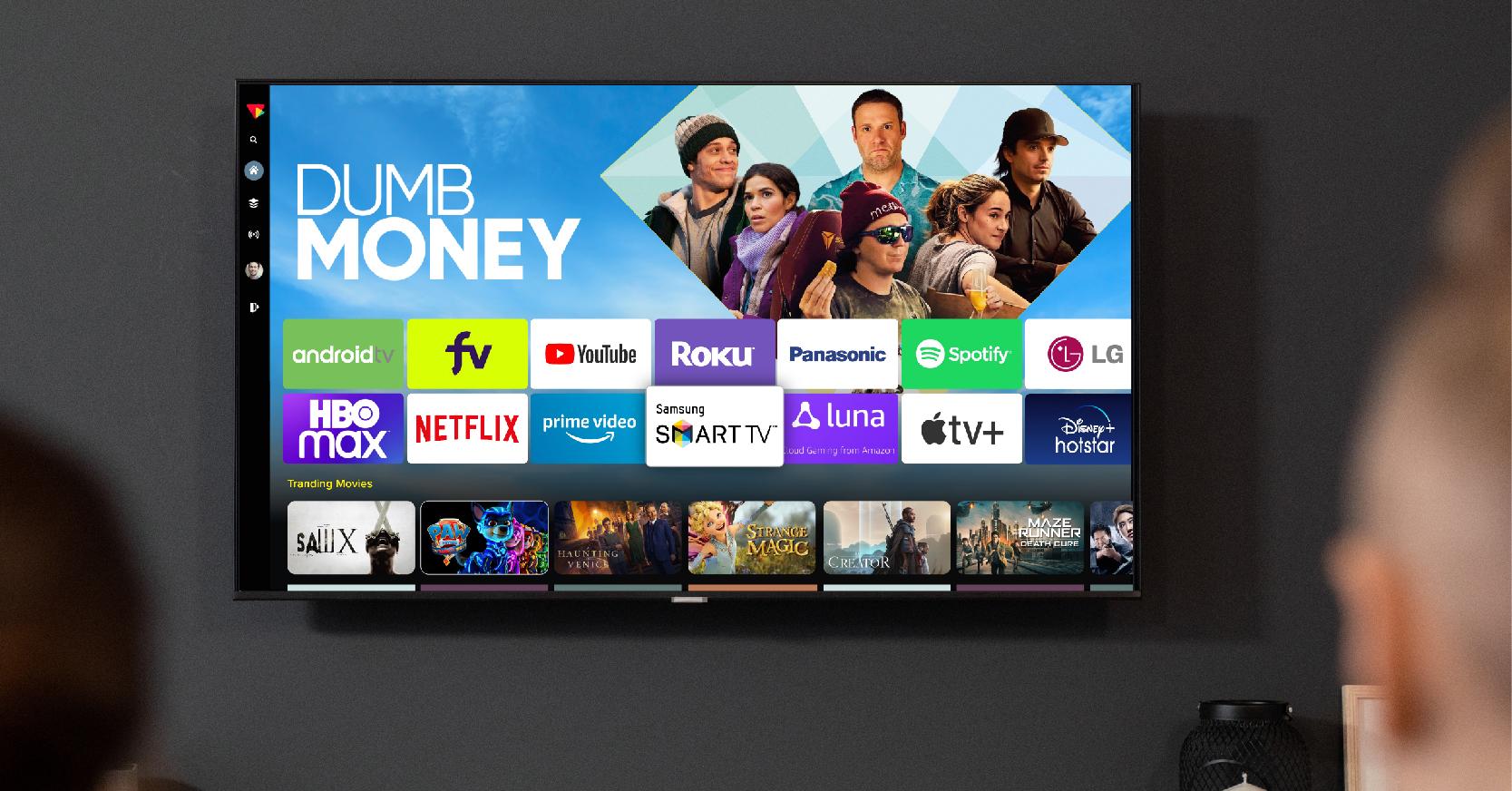An Unbiased View of Apollo Group Tv
Wiki Article
Some Known Questions About Apollo Group Tv.
Table of ContentsThe Definitive Guide to Apollo Group TvApollo Group Tv Can Be Fun For Anyone7 Easy Facts About Apollo Group Tv ShownThe Of Apollo Group Tv
In this scenario, as opposed to having three-minute industrial spots during a 30-minute television program, TV programming might change to one where a customer will certainly be called for to have a month-to-month membership, to make sure that they cen view targeted banner ads. This sort of advertising already happens on the net, and the amount of data television business accumulate allows them to do similar.Define the major fads amongst the broadcasting and cable networks. Popular radio reveals such as police dramatization Dragnet and western cowboy series Gunsmoke were adapted for television, and brand-new TV shows were funded by solitary advertisers, just as radio programs had actually been.
Today, the tv industry is even more complicated. Programs are funded by numerous marketers; programs is controlled by major media corporations; and the 3 significant networks no much longer dominate the airwaves yet instead share their audiences with many cable television channels. Several variables make up these trends within the market, consisting of technological developments, government laws, and the production of new networks.

Fascination About Apollo Group Tv
Established in 1969, (PBS) created out of a report by the Carnegie Commission on Educational Television, which analyzed the duty of educational, noncommercial television on society. Public tv was likewise planned to give universal accessibility to television for customers in country areas or viewers that might not manage to pay for private tv services.The duration between 1950 and 1970 is traditionally acknowledged as the. Apart from a tiny portion of airtime managed by public television, the 3 significant networks (referred to as the Big Three) controlled the television sector, collectively representing greater than 95 percent of prime-time watching. In 1986, Rupert Murdoch, the head of international company Information Corp, launched the Fox network, testing the prominence of the Big 3.
Targeting young and minority target markets with shows such as Buffy the Vampire Slayer, Moesha, Dawson's Creek, and The Wayans Bros., the new networks hoped to draw stations far from their old network affiliations. Nonetheless, instead of duplicating the success of Fox, UPN and WB had a hard time to make an impact. Incapable to draw in lots of associate stations, the two new networks reached fewer houses than their bigger competitors because they were unobtainable in some smaller sized cities.
This choice led the way for the advancement of cord motion picture networks, adding to the exponential development of wire in the 1980s and 1990s. apollo group tv. Additional deregulation of cable in the 1984 Cord Communications Plan Act got rid of limitations on cable prices, enabling drivers to bill what they desired for wire solutions as long as there worked competition to the service (a requirement that over 90 percent of all cable television markets can satisfy)
The 3-Minute Rule for Apollo Group Tv

Having produced the first "superstation," Turner broadened his world by establishing 24-hour information network CNN in 1980. At the end of the year, 28 national programming services were available, and the cable television transformation had actually begun. Over the following decade, the industry went through a duration of rapid development and appeal, and by 1994 visitors can select from 94 basic and 20 premium cord services.
Figure 9 browse around these guys - https://www.pubpub.org/user/vick-boyd.16 Increased competitors from cable networks has actually triggered a stable decline in the networks' target market scores. During the 1950s, the cost of generating a solitary tv show increased as programs came to be much longer and manufacturing expenses skyrocketed. Sponsorship on network tv moved from single sponsorship, in which a program was completely supported and created by one marketer, to numerous sponsorship, in which advertisers purchased 1- or 2-minute areas on the program
Select one of the Big 4 networks and publish out its regular programs routine. See the network's prime-time programs over the course of a week, noting the target demographic for each show.
Apollo Group Tv Can Be Fun For Anyone

Linear TV, commonly described as typical broadcast TV, incorporates cable and satellite television. It's called "direct" because web content complies with a fixed programs timetable, unlike on-demand content which the specific viewer determines to enjoy based upon their own choices and timetable. So, when you ask, "What is straight television?", think about it as the traditional means of viewing TV that has been around for years.
Report this wiki page